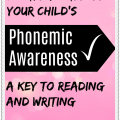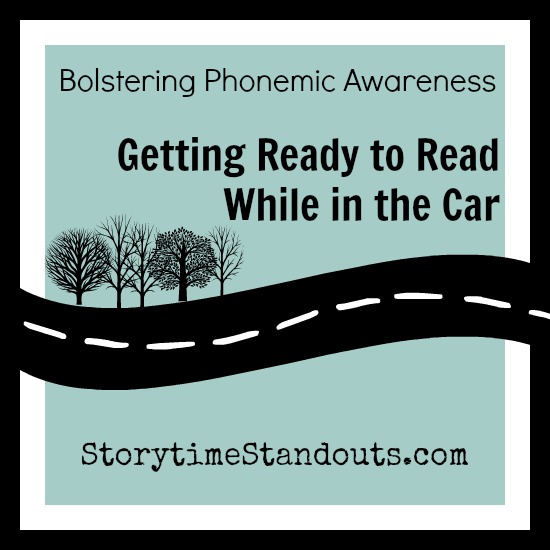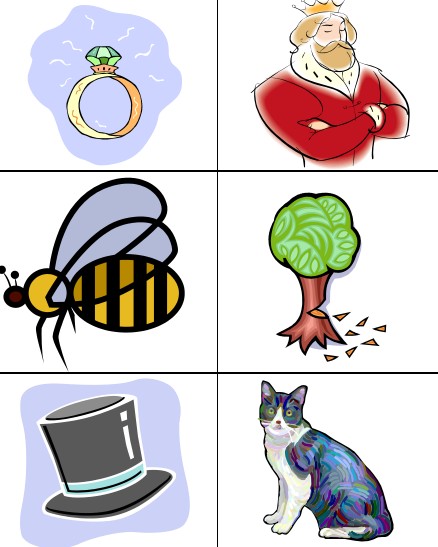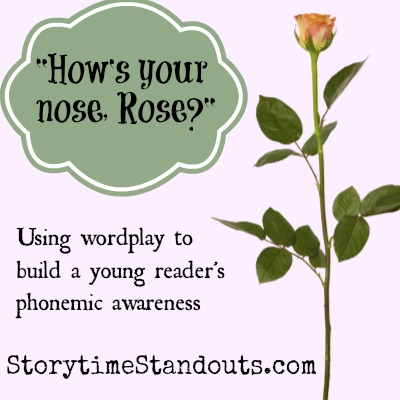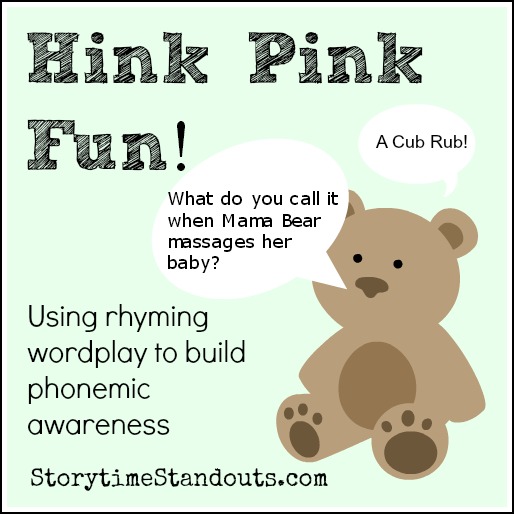9 Fun and Easy Ways to Measure and Develop Phonemic Awareness
Posted on July 17th, 2011 by Carolyn Hart in Phonemic Awareness
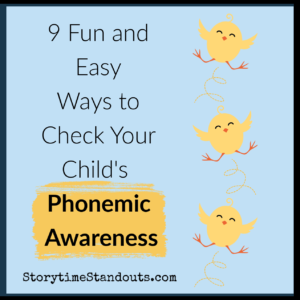
Our recent posts have provided lots of ways to help your child gain phonemic awareness. Here are some informal ways you can assess your child
Keep in mind that phonemic awareness is not pencil-based and does not require letters or even books. Phonemic Awareness is an understanding that words are made up of sounds. We can enhance phonemic awareness by sharing songs and stories that feature rhyming, alliteration and other wordplay but when helping a child to develop phonemic awareness, we should not be having them do worksheets or work with letters. We want to do auditory activities that help children notice sounds and understand words are made up of sounds. As they become more proficient, we help them to understand that they can manipulate those sounds to create different words with different meanings.
With his or her eyes closed, ask your child to listen for sounds and talk about them (at home, it could be the sound of the dishwasher or the sound of a garage door opening or someone walking down a hallway. In the classroom, it could be the sound of a window being opened, a stapler being used or a cabinet being closed. What is the sound, where is the noise coming from?
Using empty Film Canisters  , create a sound matching activity by putting dry rice in two containers, jingle bells
, create a sound matching activity by putting dry rice in two containers, jingle bells in two containers, small pebbles in two containers and leaving two empty. Can your child match the containers based only on the sounds they make?
Can your child hear whether two words are the same or different? If you say, “duck” and “duck” or “frog” and “fog” can he/she say if the words are alike or not?
Can your child hear whether two words rhyme? If you say, “pig” and “wig” or “black” and “bat” can he/she say that the first pair rhyme, the second pair do not?
Could your child think of a rhyming word for “boy” or “hot”?
Could your child say how many syllables are in a word like “west” or “under” or “amazing”? Can he/she tap out the number of sounds he/she hears?
Could your child add a verse to a song like Willaby Wallaby Woo? This is a fun song that is often sung in group settings. As you go around the circle, the first sound in each child’s name is changed to “W”
in two containers, small pebbles in two containers and leaving two empty. Can your child match the containers based only on the sounds they make?
Can your child hear whether two words are the same or different? If you say, “duck” and “duck” or “frog” and “fog” can he/she say if the words are alike or not?
Can your child hear whether two words rhyme? If you say, “pig” and “wig” or “black” and “bat” can he/she say that the first pair rhyme, the second pair do not?
Could your child think of a rhyming word for “boy” or “hot”?
Could your child say how many syllables are in a word like “west” or “under” or “amazing”? Can he/she tap out the number of sounds he/she hears?
Could your child add a verse to a song like Willaby Wallaby Woo? This is a fun song that is often sung in group settings. As you go around the circle, the first sound in each child’s name is changed to “W”
Willoughby Walliby wee
An elephant sat on me
Willoughby Walliby woo
An elephant sat on you
Willoughbly Walliby Wham
An elephant sat on Sam
If you said three words to your child, could he/she figure out which word does not rhyme? cat, mat, sun
When reading a new rhyming story, could your child predict a word? An example from I Ain’t Gonna Paint No More,
So I take some red
and I paint my… ______!
Now I ain’t gonna paint no more.
Aw, what the heck!
Gonna paint my… ______!
Now I ain’t gonna paint no more.
Tags: early learning, learning activities, phonemic awareness



